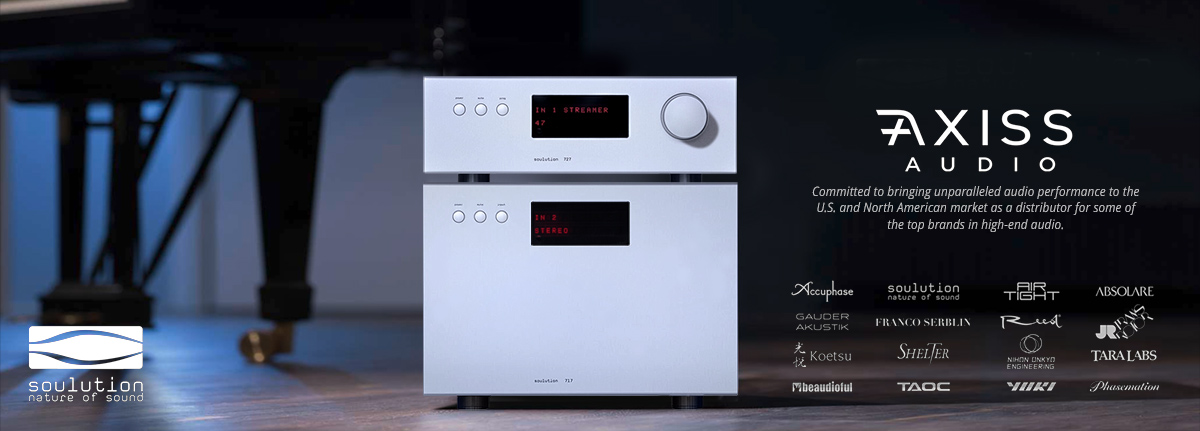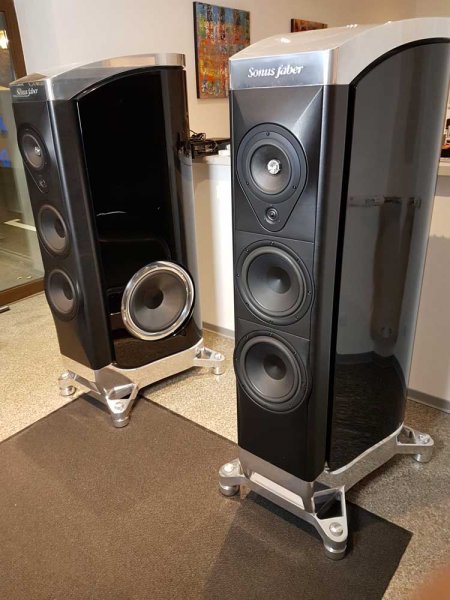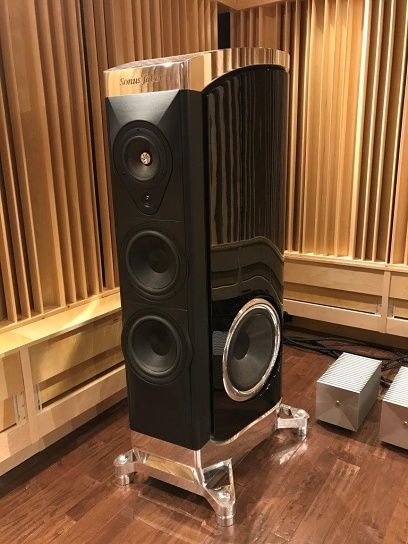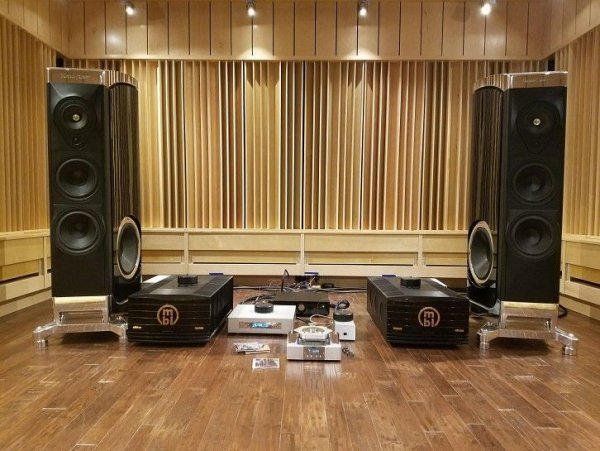BTW, has anyone read the description of the K160 and compared it with the description of the Constellation Hercules II?
Constellation Hercules II (from HiFi+
http://www.hifiplus.com/articles/constellation-audio-hercules-ii-stereo-power-amplifier/?page=2)
"This is an amplifier that uses all of the strengths of a balanced amplifier (such as a low noise floor, greater dynamic range, and an ability to use long cable without significantly changing the sound), and combines them with the refined and sophisticated sound of a
single-ended design. Instead of the usual arrangement of P-type (Positive-Negative-Positive) transistors handling the positive rail of the balanced line, and N-type (Negative-Positive-Negative) transistors handling the negative rail, the Hercules II modules are
two single-ended amplifier designs, ending in N-type transistors in the output stage. This design has significant advantages over other circuits, because N-type and P-type transistors behave very differently, and that difference undermines the sound quality.
Constellation’s amplifier design has an additional advantage to the circuit: it makes it inherently stable into all kinds of loudspeaker loads. As a result, Constellation Audio could remove the Zobel network, commonly found on amplifiers as a form of high-frequency protection circuit, for even better performance.
By making a set of single-ended N-type circuits, and stripping away the Zobel network, Constellation Audio discovered it had cracked the code to making small Class A amplifiers in very large packages, and combining the refinement and pace so loved by small-amp aficionados, with big amp range and scale. A perfect partnership."
Robert Koda K160 (from AE
https://audioexotics.vanillacommunity.com/discussion/13089/robert-koda-s-ground-breaking-amplifier-??-takumi-k160-mono-amplifier-k15ex-k10)
Also 2-stage: "For the
input stage, a super quiet, unusually high voltage power supply design based upon the phenomenal Takumi MC One phono equaliser with "Super Ground" integral.
The
output stage employs the most essential element - a double
single-ended class A topology with an idle current in excess of eight amps, with a ten fold reduction in distortion while delivering four times the power power into low impedances. Both the new input stage and the newly adapted, unique output stage further contribute to the absence of "smearing". "
Also uses only N-type resistors and no P-type
I am sure they would if I asked...but given how few in the world I believe there, I am sure it would be quite a long wait. That said, I cannot think of more than 1 possibly 2 other amps in the world (Boulder 3060) I would wish to hear besides the Gryphon Mephisto and Robert Koda K160s (which I just realized are also pure Class A Solid State). Lets get the Gryphon Mephisto back in from the shop, and I suspect I will very happy just settle down into pure music.



















